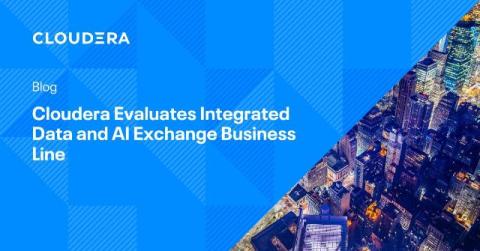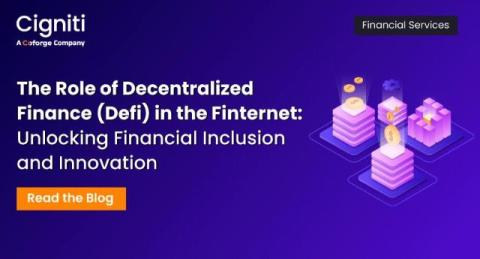Ruby's hidden gems: Sorbet
The debate between static and dynamically typed languages has long been a subject of contention among developers. Each approach offers its own set of advantages and disadvantages, significantly influencing the software development process. Dynamically typed languages like Ruby provide flexibility by allowing variables to be declared without corresponding types. This approach fosters rapid development and promotes an agile process.











